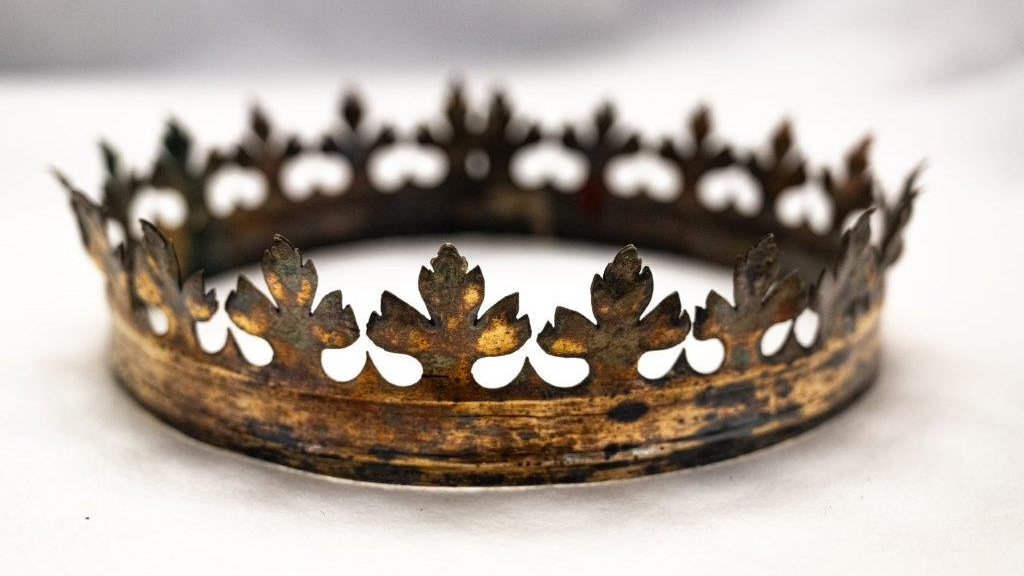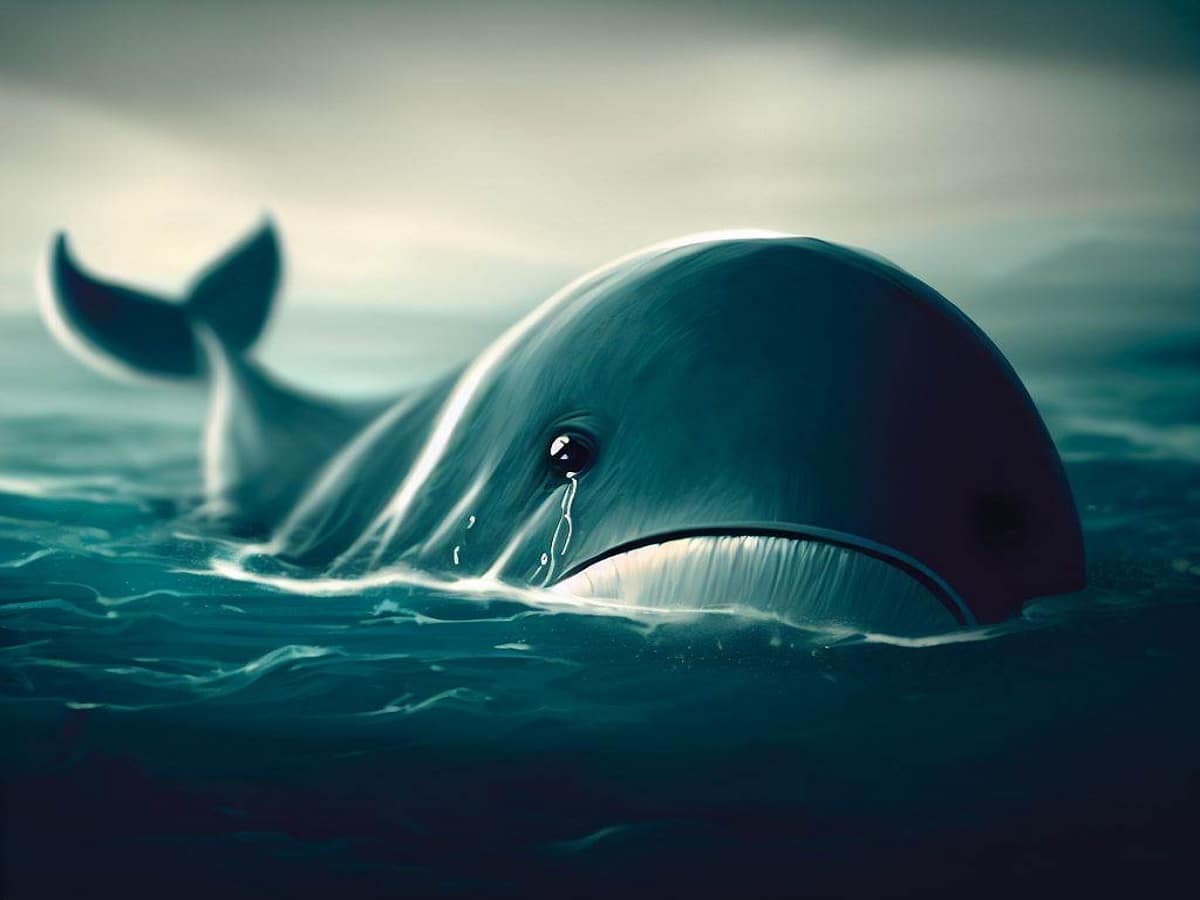
For the first time, scientists using the NASA/ESA/CSA James Webb Space Telescope (JWST) have discovered and measured the mass of a galaxy that existed just 600 million years after the Big Bang.
Nicknamed the Firefly Sparkle galaxy, this tiny galaxy is similar in size to what our Milky Way might have looked like when it was forming.
Unlike other galaxies observed from this time, which are much larger, Firefly Sparkle is relatively small and scattered, making it an exciting find for researchers.
The galaxy’s unique brightness comes from 10 distinct star clusters, which are forming stars at different stages.
The research, recently published in Nature, provides a rare window into the early stages of galaxy formation.
Firefly Sparkle’s faint light was enhanced by a natural cosmic effect called gravitational lensing. A massive foreground galaxy cluster magnified and stretched the light from Firefly Sparkle, making it visible to the JWST. Combined with the telescope’s ability to capture fine details in infrared light, this allowed scientists to observe the galaxy like never before.
“Gravitational lensing is like a magnifying glass for distant galaxies,” said Dr. Kartheik Iyer, co-lead author of the study. “Without it, we wouldn’t have been able to see Firefly Sparkle’s incredible star clusters.”
Assistant Professor Lamiya Mowla, who co-authored the study, was drawn to the galaxy’s bright, clumpy appearance. “The galaxy sparkles like a swarm of fireflies on a summer night, which is why we gave it its name,” Mowla explained.
Reconstructing the galaxy’s appearance without the gravitational lens effect, researchers found it resembles an elongated raindrop with clusters of stars spread unevenly. Two clusters are toward the top, and eight are grouped near the bottom. These clusters are surrounded by a soft glow of diffuse light from other stars, showing that the galaxy is still forming.
Unlike mature galaxies like the Milky Way, which have settled shapes with central bulges and thin disks, Firefly Sparkle is in a chaotic, early stage of assembly. Its image reveals different phases of star formation happening across the clusters, which shine in pink, purple, and blue colors in the Webb image.
“This galaxy shows us how stars form in stages, even in the very early universe,” said Chris Willott of Canada’s National Research Council.
Two smaller galaxies, located just 6,500 and 42,000 light-years from Firefly Sparkle, could play a role in its future growth. The researchers believe the three galaxies may orbit each other and occasionally interact. Each interaction could trigger new star formation, helping Firefly Sparkle gain more mass and evolve over billions of years.
“These early galaxies often form by merging with smaller galaxies, and we might be watching this process unfold,” said Yoshihisa Asada, a doctoral student at Kyoto University.
The Firefly Sparkle galaxy is just the beginning. As more galaxies are magnified through gravitational lensing and studied with the JWST, scientists expect to uncover even more details about how galaxies formed in the universe’s earliest days.
“We’ve only started using these cosmic microscopes,” said team member Maruša Bradač. “The results are showing us there’s much more to learn about galaxy formation.”
Source: European Space Agency.






Leave a Comment